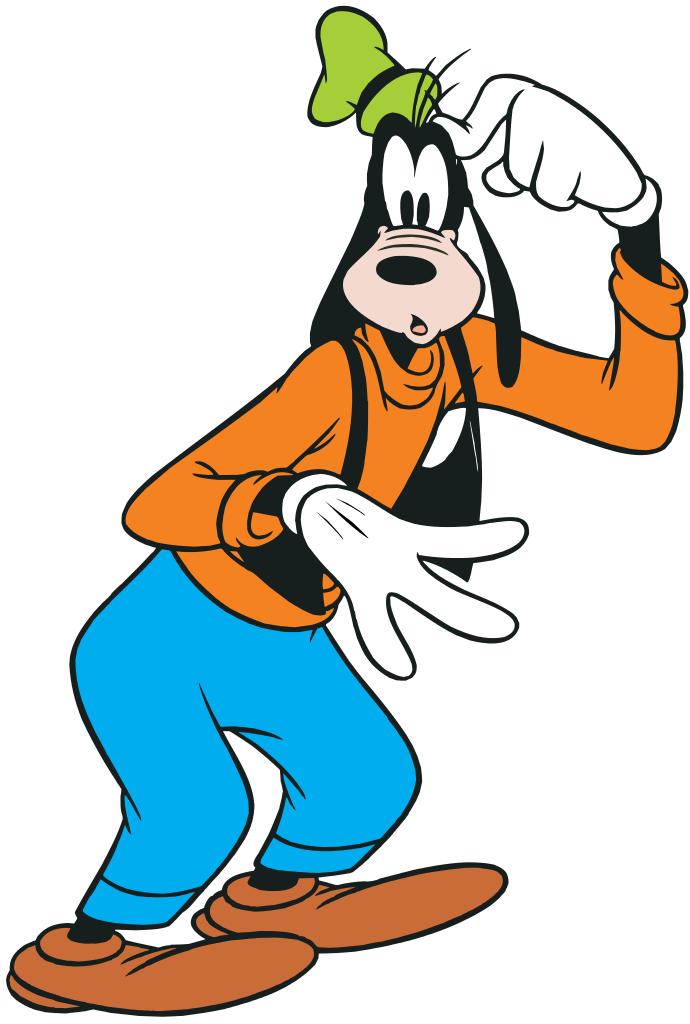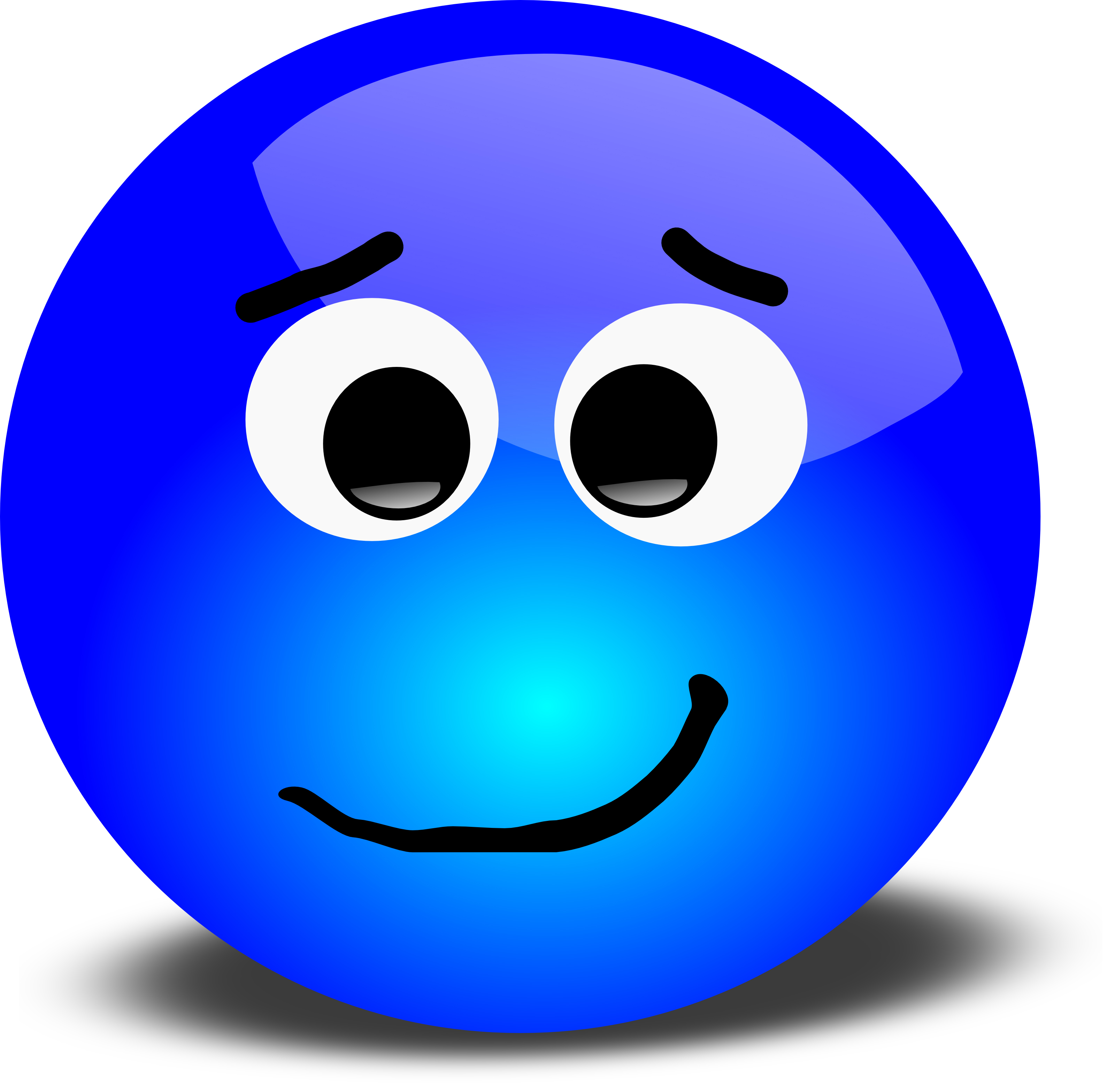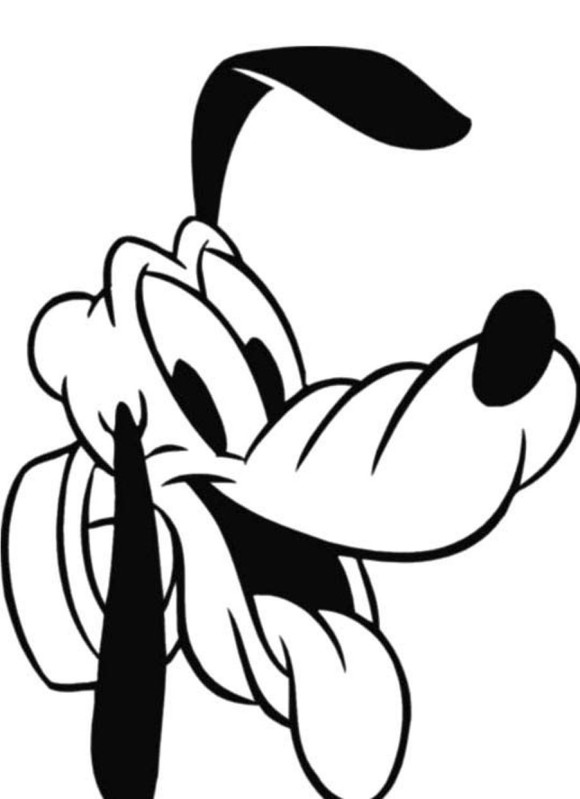Who doesn’t love a good goofy cartoon face? You know the ones that make you laugh out loud or bring a smile to your face even on the darkest days. These exaggerated expressions have been entertaining us for decades, from classic animations like Bugs Bunny to modern-day memes. But have you ever wondered what makes these faces so irresistibly funny? Let’s dive into the world of goofy cartoon faces and uncover their secrets.
Cartoon faces are more than just art—they’re a form of communication. They convey emotions, tell stories, and connect with audiences in ways that words can’t. Goofy cartoon faces, in particular, have a unique charm that transcends age and culture. Whether it’s a wide-eyed shock, an exaggerated grin, or a silly tongue-out expression, these faces bring joy and laughter to everyone who sees them.
So why are goofy cartoon faces so popular? It’s simple—they’re fun! They tap into our inner child, reminding us of simpler times when laughter was the only thing that mattered. In this article, we’ll explore everything you need to know about creating, understanding, and appreciating these iconic expressions. Get ready to unleash your inner artist and discover the magic behind goofy cartoon faces!
Read also:House Of Ho Unveiling The Legacy History And Influence
Table of Contents
The History of Goofy Cartoon Faces
Key Features of Goofy Cartoon Faces
How to Draw Goofy Cartoon Faces
Different Styles of Goofy Cartoon Faces
Expressing Emotions Through Goofy Faces
Famous Goofy Cartoon Characters
Read also:The Ultimate Guide To Dale Robertson Legendary Actor And Western Icon
Tools and Techniques for Creating Goofy Faces
Tips for Mastering Goofy Cartoon Faces
Benefits of Using Goofy Cartoon Faces
The Future of Goofy Cartoon Faces
The History of Goofy Cartoon Faces
Goofy cartoon faces didn’t just appear out of nowhere. They’ve been evolving since the early days of animation. Think back to the silent film era when characters like Felix the Cat and Mickey Mouse made their debut. These pioneers laid the groundwork for the exaggerated expressions we see today. The goal was simple—capture attention and convey emotion without words.
As animation technology advanced, so did the complexity of goofy cartoon faces. Walt Disney’s team introduced us to Pluto and Goofy, two characters whose expressions became legendary. Pluto’s wide-eyed innocence and Goofy’s clumsy charm set the standard for future animators. These characters weren’t just funny—they were relatable and lovable.
In the modern era, digital tools have taken goofy cartoon faces to new heights. Artists now have the ability to create dynamic expressions that would’ve been impossible with traditional methods. Yet, despite all the advancements, the essence of goofy cartoon faces remains the same—to make people laugh.
Key Features of Goofy Cartoon Faces
What exactly makes a cartoon face goofy? It’s all about exaggeration. Here are some key features you’ll find in most goofy cartoon faces:
- Large Eyes: Big, expressive eyes are a staple of goofy cartoon faces. They help convey emotions like surprise, excitement, or confusion.
- Exaggerated Mouths: Think of mouths stretched wide open in laughter or tongues sticking out in ridiculous poses. These features add to the comedic effect.
- Unusual Proportions: Goofy faces often have disproportionate features, like oversized noses or tiny chins, which make them stand out.
- Dynamic Expressions: Goofy faces are rarely static. They’re constantly changing to reflect different moods and situations.
These features work together to create a visual language that speaks directly to our sense of humor. And let’s be honest—who doesn’t love a good exaggerated expression?
Why Exaggeration Works
Exaggeration is the secret ingredient in goofy cartoon faces. It allows artists to push the boundaries of reality, creating expressions that are both surprising and entertaining. Studies have shown that exaggerated visuals are more memorable and engaging, making them perfect for capturing attention.
How to Draw Goofy Cartoon Faces
Ready to create your own goofy cartoon faces? It’s easier than you think! All you need is a pencil, paper, and a bit of imagination. Let’s break it down step by step:
- Start with Basic Shapes: Begin by sketching simple shapes like circles, ovals, and triangles. These will serve as the foundation for your face.
- Add Features: Draw in the eyes, nose, and mouth. Remember to keep proportions exaggerated for that goofy look.
- Experiment with Expressions: Try out different expressions to see what works best. A wide-open mouth or crossed eyes can add a touch of humor.
- Refine Your Sketch: Once you’re happy with your initial drawing, go over it with a finer pencil or pen to add details.
Don’t worry if your first attempts aren’t perfect. Like anything else, drawing goofy cartoon faces takes practice. The more you do it, the better you’ll get.
Tips for Beginners
If you’re new to drawing, here are a few tips to help you get started:
- Study existing cartoon faces to understand what makes them work.
- Practice basic shapes until you feel comfortable with them.
- Have fun! Goofy cartoon faces are all about enjoying the process.
Different Styles of Goofy Cartoon Faces
Not all goofy cartoon faces are created equal. Artists use different styles to convey various moods and tones. Here are a few popular styles you might encounter:
- Classic Style: Think of characters like Bugs Bunny or Donald Duck. This style emphasizes simplicity and charm.
- Modern Style: Characters like SpongeBob SquarePants or Adventure Time’s Jake showcase more complex designs while maintaining that goofy essence.
- Minimalist Style: Some artists prefer to use fewer details, focusing on the most important features to create a whimsical effect.
Each style has its own appeal, and the best part is that you can mix and match to create something entirely unique.
Choosing the Right Style for You
When deciding on a style, consider your audience and purpose. Are you creating a children’s book? A meme? Or maybe a character for a video game? Your choice of style will depend on what you want to achieve.
Expressing Emotions Through Goofy Faces
One of the coolest things about goofy cartoon faces is their ability to express emotions. Whether it’s happiness, sadness, anger, or surprise, these faces can convey complex feelings in a single glance. Here’s how you can use emotions to enhance your drawings:
- Happiness: Use big smiles, twinkling eyes, and cheerful expressions to show joy.
- Sadness: Droopy eyes, downturned mouths, and slouched postures can express sadness effectively.
- Anger: Narrowed eyes, clenched teeth, and furrowed brows can depict anger without being too intense.
Remember, the key is balance. Too much of any emotion can make your character feel over-the-top or unrealistic.
The Psychology of Emotions in Cartoons
Why do emotions in cartoons resonate so well with viewers? It’s because they tap into our primal instincts. We recognize and respond to facial expressions instinctively, making them a powerful tool in storytelling.
Famous Goofy Cartoon Characters
Throughout history, many characters have become synonymous with goofy cartoon faces. Here are a few of the most famous:
- Goofy: Disney’s lovable dog character is the epitome of goofy. His clumsy antics and exaggerated expressions have entertained generations.
- Bender: From “Futurama,” Bender’s sarcastic humor and over-the-top expressions make him a fan favorite.
- SpongeBob: With his cheerful demeanor and elastic body, SpongeBob is a masterclass in goofy cartoon design.
These characters prove that goofy cartoon faces aren’t just for kids—they appeal to people of all ages.
Biography of Goofy
| Attribute | Details |
|---|---|
| Name | Goofy |
| Species | Anthropomorphic Dog |
| First Appearance | 1932 (as Dippy Dawg) |
| Creator | Walt Disney Productions |
| Known For | Clumsy but lovable antics |
Tools and Techniques for Creating Goofy Faces
In today’s digital age, artists have access to a wide range of tools for creating goofy cartoon faces. Here are a few options to consider:
- Traditional Tools: Pencils, pens, and markers are still popular choices for many artists.
- Digital Tools: Programs like Adobe Illustrator, Procreate, and Photoshop offer endless possibilities for creating detailed and vibrant faces.
- Online Resources: Websites like DeviantArt and Pinterest are great places to find inspiration and tutorials.
No matter which tools you choose, the most important thing is to experiment and find what works best for you.
Techniques to Try
Here are a few techniques to enhance your goofy cartoon faces:
- Layering: Use layers to build up your drawing gradually, adding details as you go.
- Color Theory: Understanding how colors interact can help you create more dynamic and visually appealing faces.
- Shading: Add depth and dimension to your faces with strategic shading techniques.
Tips for Mastering Goofy Cartoon Faces
Becoming a master at drawing goofy cartoon faces takes time and effort. Here are a few tips to help you along the way:
- Practice regularly to improve your skills.
- Study the work of other artists to learn new techniques.
- Don’t be afraid to make mistakes—they’re part of the learning process.
And most importantly, have fun! The joy of creating goofy cartoon faces should shine through in every piece you create.
Benefits of Using Goofy Cartoon Faces
Goofy cartoon faces offer more than just entertainment. They can be used for educational purposes, marketing campaigns, and even therapy. Here are a few benefits:
- Engagement: Goofy faces capture attention and keep people engaged longer.
- Memorability: Their exaggerated features make them easier to remember.
- Emotional Connection: They create a strong emotional bond with viewers, making them more relatable.
In today’s fast-paced world, anything that can bring a smile to someone’s face is worth its weight in gold.
The Future of Goofy Cartoon Faces
What does the future hold for goofy cartoon faces? With advancements in AI and virtual reality, we’re likely to see even more dynamic and interactive expressions. Imagine being able to converse with a cartoon character that reacts in real-time to your emotions—that’s the kind of innovation we’re heading towards.
However, no matter how advanced technology becomes, the heart of goofy cartoon faces will always lie in their ability to make us laugh. And as long as there are people who appreciate humor, there will always be a place for these delightful expressions.
Conclusion
Goofy cartoon faces are more than just drawings—they’re a celebration of creativity and joy. From their rich history to their diverse styles, these faces continue to entertain and inspire people


